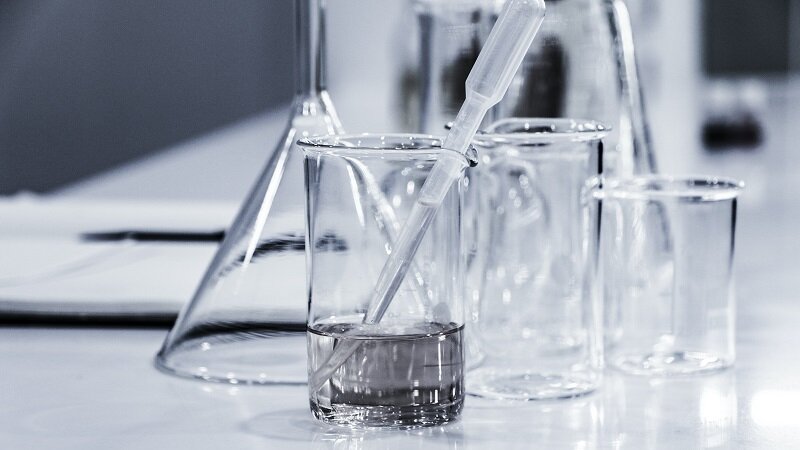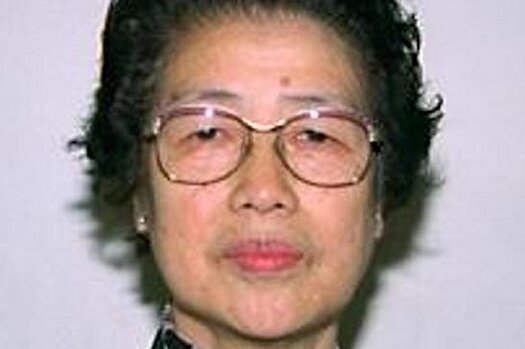Katsuko Saruhashi
Episode #7 of the course Ten significant women in science by James Wareing
Today’s lesson takes us to Japan, to a female scientist who strove to use her expertise to make the world safer. Her name translates from Japanese as “strong-minded” or “victorious” and her achievements leave us in no doubt that she lived up to that name. Katsuko Saruhashi was born in Tokyo in 1920 but was not always destined for science. She began her career at an insurance firm but soon quit aged 21 to study chemistry at the Imperial Women’s College of Science. Her distinguished career would see her produce groundbreaking results and also pave the way for the increased involvement of women in Japanese science.
What Did She Do?
In 1943, Saruhashi began to study carbon dioxide levels in seawater. She produced the very first method for measuring its levels in the world’s oceans. This area was previously not thought to be important, however, it has vital practical applications in the fight against global warming. It led her to discover that the Pacific Ocean releases double the amount of carbon dioxide than it absorbs. This provided a damning challenge to the previously held conception that the world’s oceans could combat climate change by absorbing harmful carbon dioxide.
After World War Two the United States government was still conducting tests of nuclear bombs in the Pacific Ocean. In 1954 Japanese fishermen began to develop mysterious illnesses, which were suspected to be able to be attributed to the tests. Saruhashi was asked by the Japanese government to research the potential effects of the nuclear fallout. She discovered the way in which nuclear fallout travels through the ocean and that, were such tests to continue, how it could spread across the entire Pacific Ocean.
The impact of her findings is difficult to measure, so significant is it. The awareness that her work provided as to the damage being done to the oceans, not just at the sight of the tests, but from the spread of the fallout as well, led the United States and the Soviet Union to agree to ban nuclear weapons tests or any other nuclear explosion in the atmosphere, in outer space, and underwater. This sort of outcome, using science to the advancement of society, fitted with her ethos. She considered the goal of science to be “to discover scientific truths, and to develop and utilize them for the betterment of human welfare.”
Legacy and Challenges Faced as a Woman
Saruhashi faced many challenges as a woman in science. Despite having already produced significant work she still faced discrimination at the University of Tokyo while studying for her Ph.D. She recounts how her professor, suspicious of her abilities, gave her a false sample to test her. Nevertheless, she prevailed and was to become the first woman to graduate with a Ph.D. in science from the University of Tokyo. Later Saruhashi became the first woman elected to the Science Council of Japan.
Just as she strove to use science for the betterment of society so too did Saruhashi use her achievements to help other women. She created the Society of Japanese Women Scientists and later a prize to be awarded to be given annually to Japanese female scientists who had made important contributions. In doing so she said she wanted to highlight the capabilities of female scientists that had been, up until that point “secret and under the surface.”
Tomorrow we shall learn about Vera Rubin and how she excelled in one of the most male-dominated scientific disciplines, astronomy.
Recommended reading
Meet Katsuko Saruhashi, a resilient geochemist who detected nuclear fallout in the Pacific
Share with friends


